Are you planning to come to Romania and want to visit the Northeast region? Then we suggest you consider a visit to Iasi, an eclectic city that abounds with culture, history, ancient architecture, but also modern spaces. A city break in Iasi could look like this:
Friday
The first day of your tourist experience should be about history, culture and architecture. Therefore, we suggest you start with the following attractions:
The first is the Palace of Culture – a museum complex comprising four sections: the Art Museum, the Museum of History of Moldova, the Museum of Ethnography and the Museum of Science and Technology. This building has undergone, over time, various changes both architecturally and in terms of the functions it held. In 1806, the building hosted the Royal Palace, which later became the Palace of Administration, the Administrative and Justice Palace and, later, became a cultural complex. In front of the Palace stands the statue of Stephen the Great, a fierce ruler of Moldova.
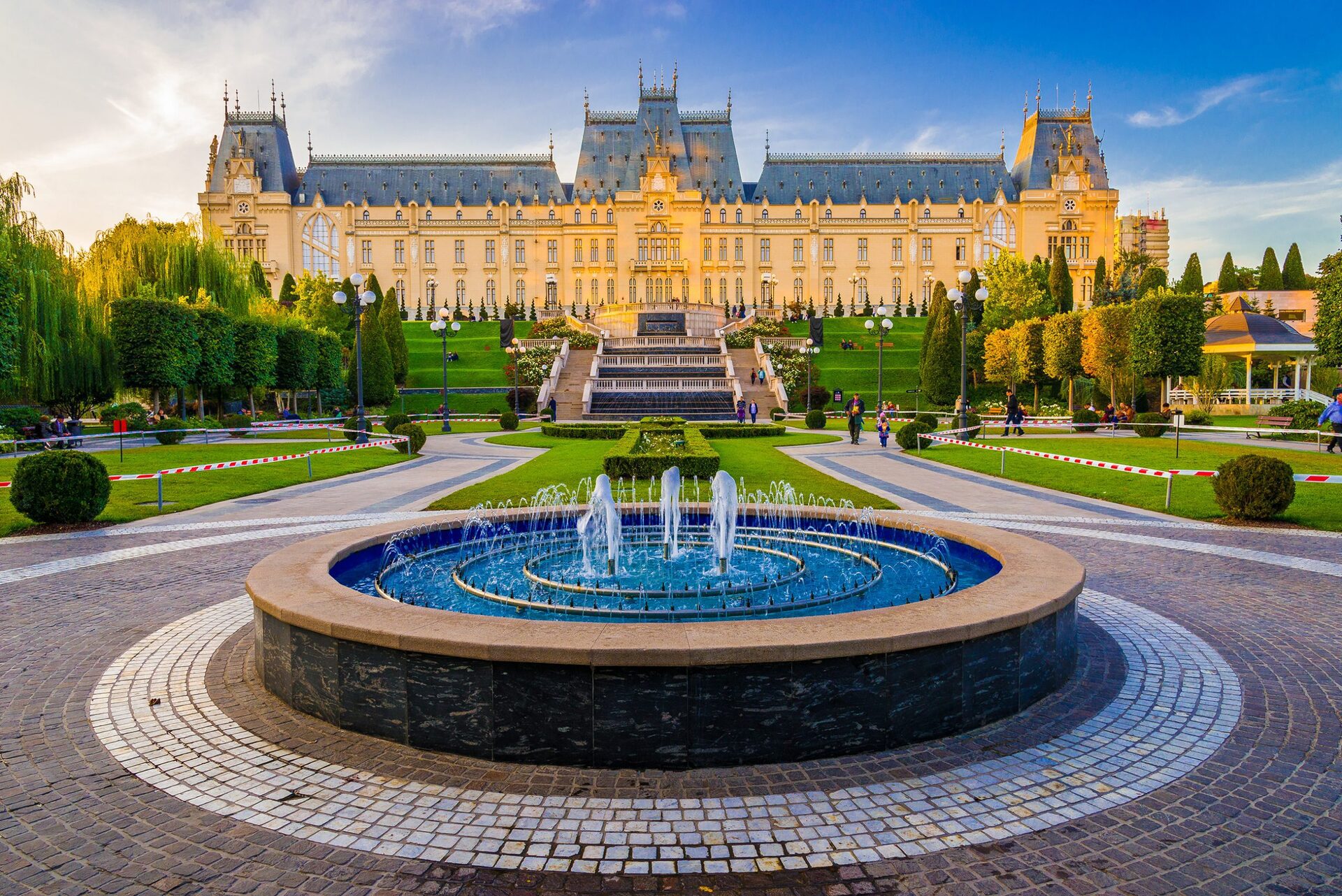
The Clock Tower at the Palace of Culture has stood the test of time since the 18th century and is not to be missed, especially if you are a history and watchmaking enthusiast.

Ștefan cel Mare Boulevard is an area where the Sf. Nicolae Domnesc Church is located, a historical monument dating from 1492 and the Casa Dosoftei Museum or Casa cu Arcade (Archway House), a monumental building which houses a section of the Museum of Romanian Literature. On this boulevard you’ll also find the Roznovanu Palace, a neoclassical monument where the town hall is located. The Square House (Casa Pătrată), another interesting construction, is the headquarters of the Prefecture and the County Council and dates back to 1964. In this same area you can also see the following buildings:
The Three Hierarchs School (Școala Trei Ierarhi), currently the Gheorghe Asachi Primary School, which was built in 1828, a period in which the institution worked both as a space for children’s education and for the training of future administrative officials. The building that houses the school has a special meaning for the people of Iași, being a space full of history.
The National Bank impresses with its neoclassical architecture and the decorative elements found on its facade: old coins from the 15th and 16th centuries.
Nicodemus House is part of the historical and architectural heritage of the city and was built in 1936. It is a building whose facade is characterized by elegance and balance.
Vasile Alecsandri Theatre is an architectural gem housing a few very special features worthy of admiration: the curtain painted in 1896, the Rococo inspired pastel ceiling and the Venetian chandelier composed of 109 bulbs. Its exterior is also impressive, whether we refer to the grandiose facades, to the front and north statues, or to the green grounds surrounding the theatre.
Saturday
Iași is famous for its ecclesiastical richness, so you can choose to spend your Saturday in the quiet of places of worship that are also classed as historical monuments:
The Monastery of the Holy Three Hierarchs is located in the historic center of the city on the Ștefan cel Mare Boulevard, an area you are already familiar with. This place of worship is special due to its exterior walls decorated with stone embroidery. The elements that can be admired here have both national, Western and Asian origins.
The Metropolitan Church of Moldavia (Mitropolia Moldovei) is one of the largest places of worship in the country and was built in 1839. The building is combining neo-renaissance and baroque architectural styles. The cathedral is also located on Stefan cel Mare Boulevard, at number 16.
The Church of the Assumption is a Roman Catholic place of worship, as well as a historical monument. The building is built in the Baroque style and an impressive element is the sundial on the church wall. The church is located on 26 Ștefan cel Mare Boulevard.
Golia Monastery was inaugurated in 1660 and harmoniously embodies the combination of several architectural styles: Baroque, Renaissance and Byzantine. Unlike the classical exterior, the interior is characterised by the traditional Moldovan style. The bell tower of Golia makes it easier for visitors to admire the city from 30 m up high. Inside the monastery there is also the Water House, the House with Columns and the Abbey. The ecclesiastical ensemble is located on Cuza Vodă Street, at number 51.
Bărboi Monastery is a monument of Byzantine architecture dating from 1841. The tower has neo-Gothic Romanesque elements, and the portico is made in a classical manner. Its appearance is reminiscent of the churches on Mount Athos. The place of worship is located at 12 Bărboi Street.
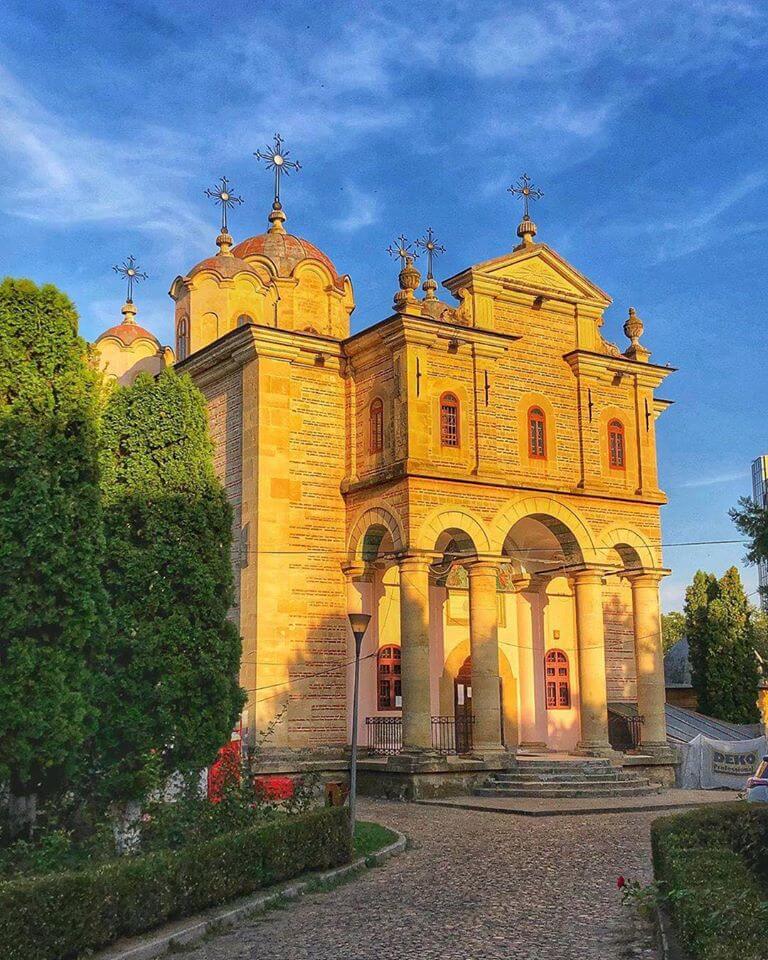
Sunday
We suggest you continue the process of discovering Iasi with the following destinations:
The Union Museum is located in a historic building on Alexandru Lăpușneanu Street, built in neoclassical style during the years 1800-1806. The building, known as Casa Catargiu was, over time, the residence of some boyar families. The Union Museum is home to several pieces representative of national historical events and was opened to the general public in 1959.
Visiting hours:
Tuesday – Sunday: 10.00 – 17.00
Ticket price:
Adults: 12 lei
Pupils, students, pensioners: 3 lei

The Botanical Garden is the first and largest university garden in Romania. It covers 90 hectares and is divided into 10 sections that include many plant species. Here you can see all the existing vegetation layers on the territory of the country, artificial lakes, decorative plants as well as plants indigenous to America, Africa and Asia.
Visiting hours: Daily: 09.00 – 17.00
Ticket price:
Adults: 10 lei
Pupils, students, pensioners, groups of 10 people: 5 lei
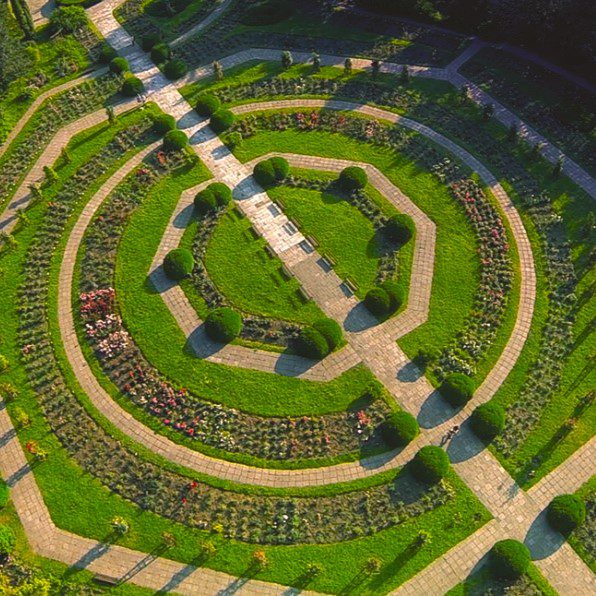
Alexandru Ioan Cuza University is the first university in the country, whose activity began in 1860. The University Palace from Copou is an important element of the Iași architectural landscape. The facade is decorated with various emblematic figures of the Romanian culture, and in the upper part of the entrance there is a balcony with six columns.

The library of the Technical University “Gheorghe Asachi” is listed as one of the most beautiful libraries in the world. You can convince yourself this is the case by stepping into this eclectic universe, where the baroque and the neo-Gothic draw a majestic space.
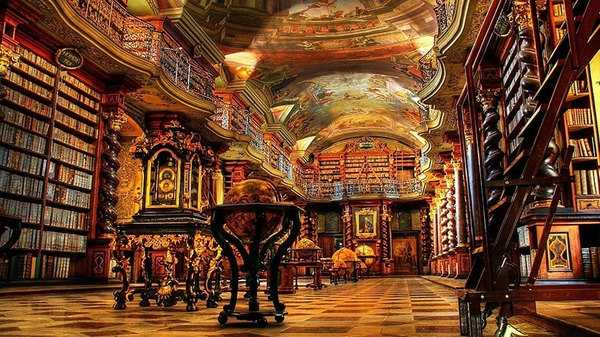
Copou Park is a space you cannot miss. It covers 10 hectares and is an oasis of greenery in the middle of which lies the oldest monument in the country: the Lion Obelisk. Here you can also find he Mihai Eminescu Museum, the poet’s statue as well as the busts of several national personalities.
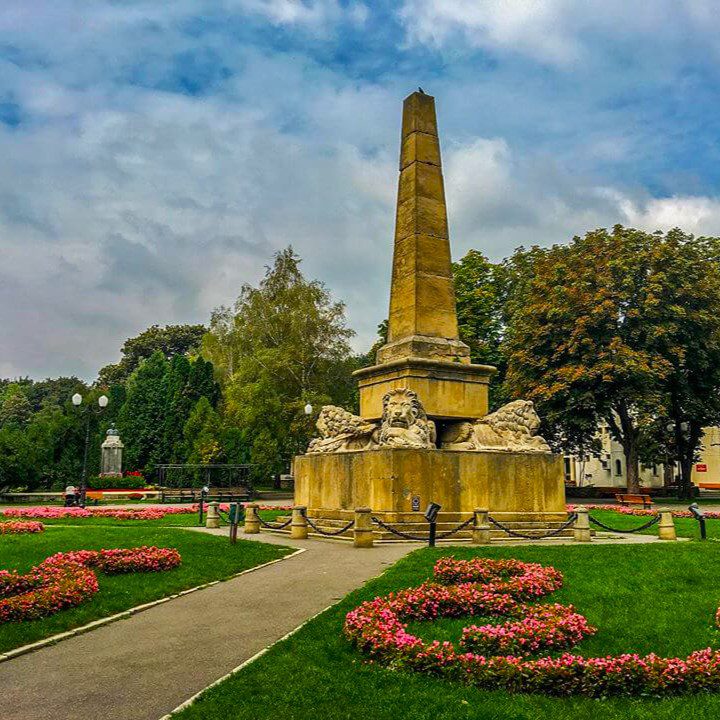
To find out our recommendations for restaurants and cafes, check out our articles dedicated to eating and drinking in Iași. You have various options, suitable to every taste. To ensure that the tourist experience is complete, we advise you not to avoid traditional restaurants.
